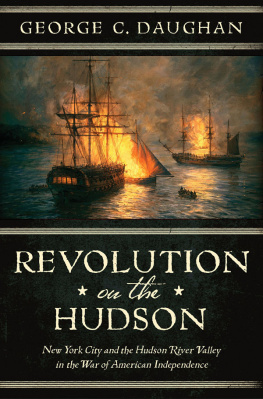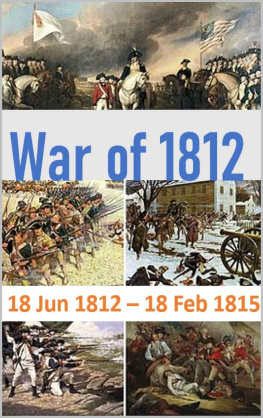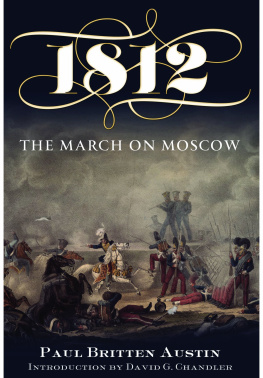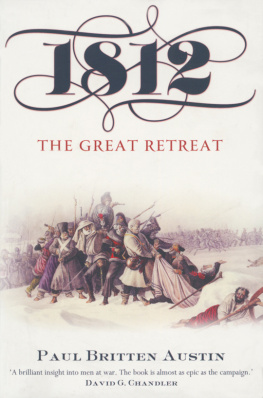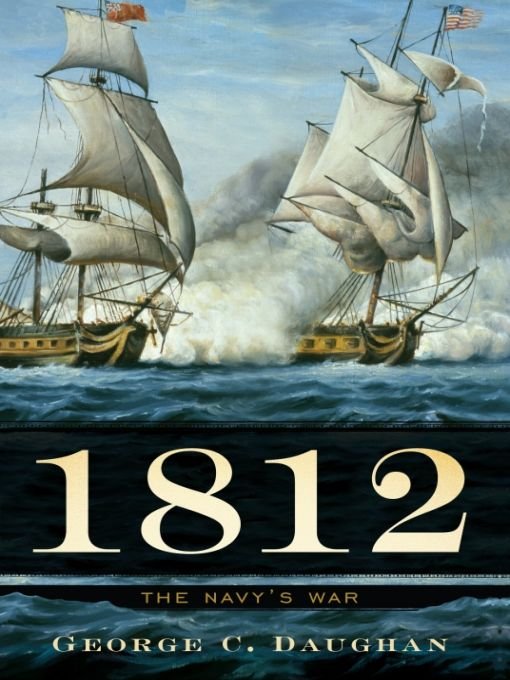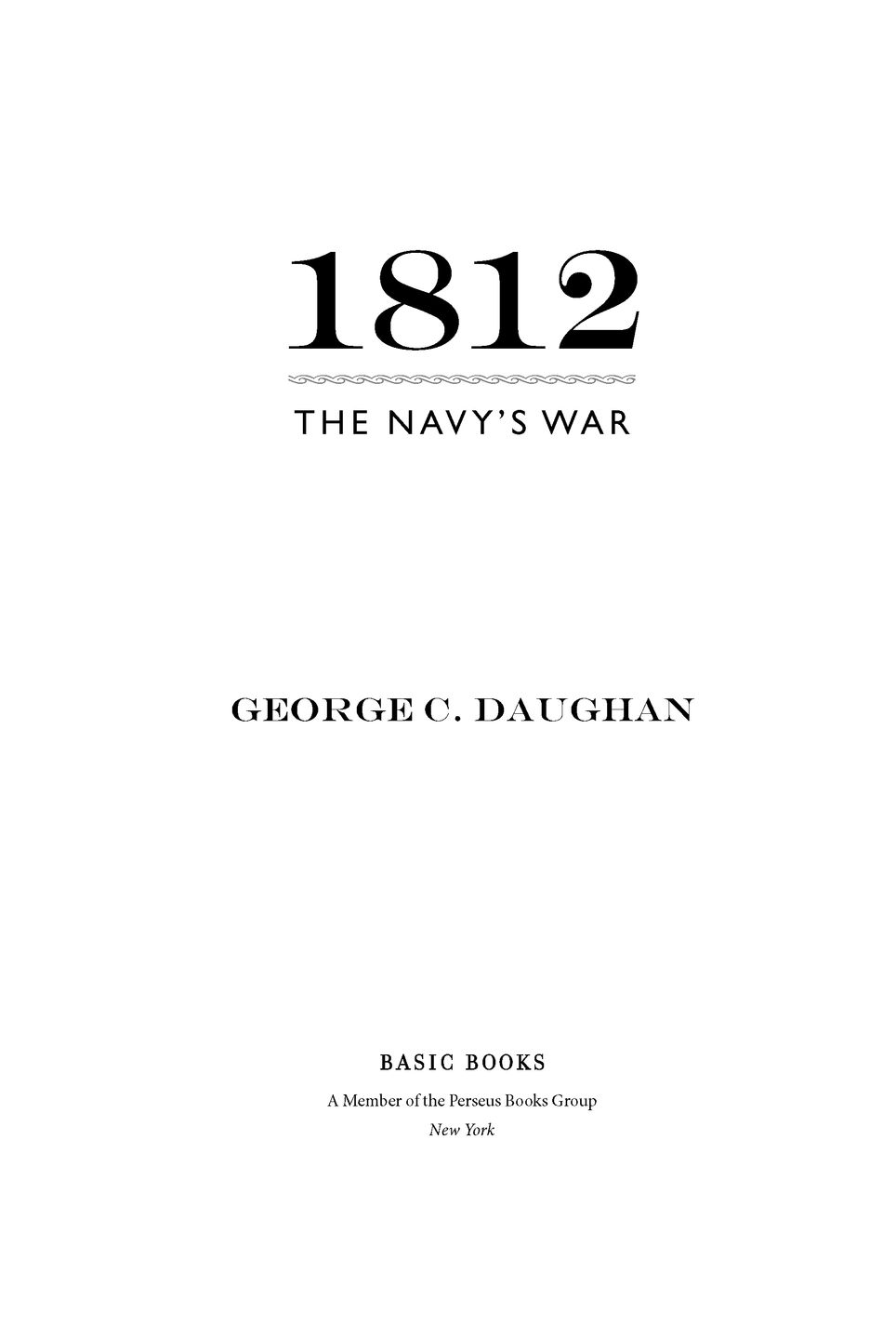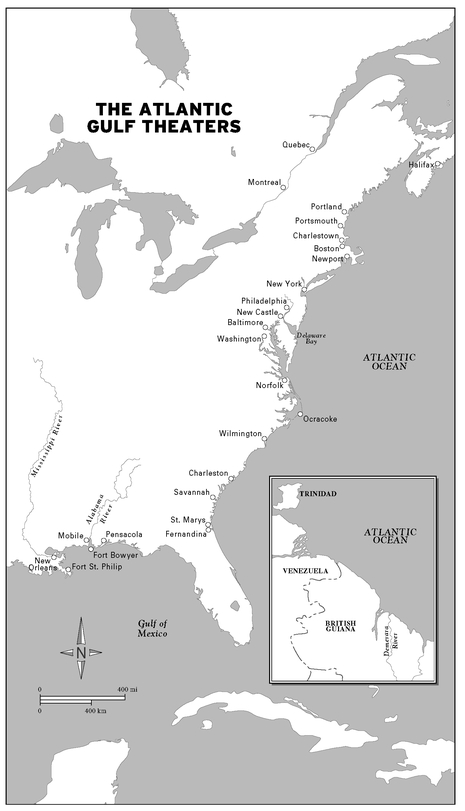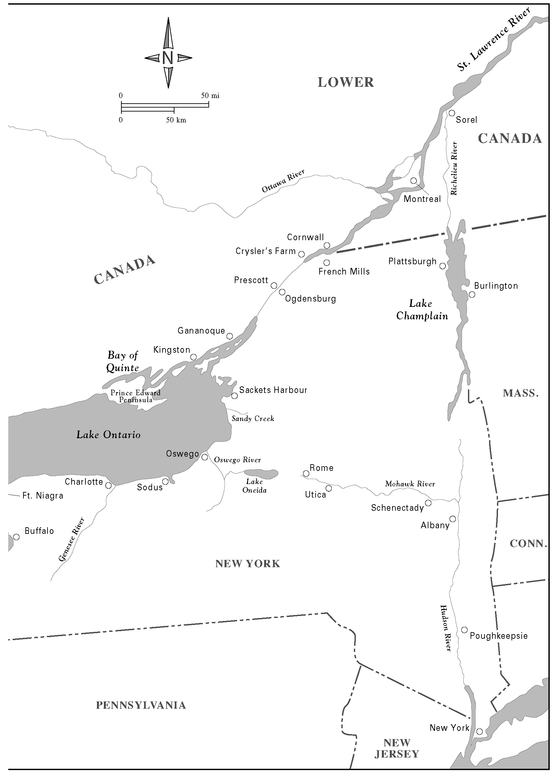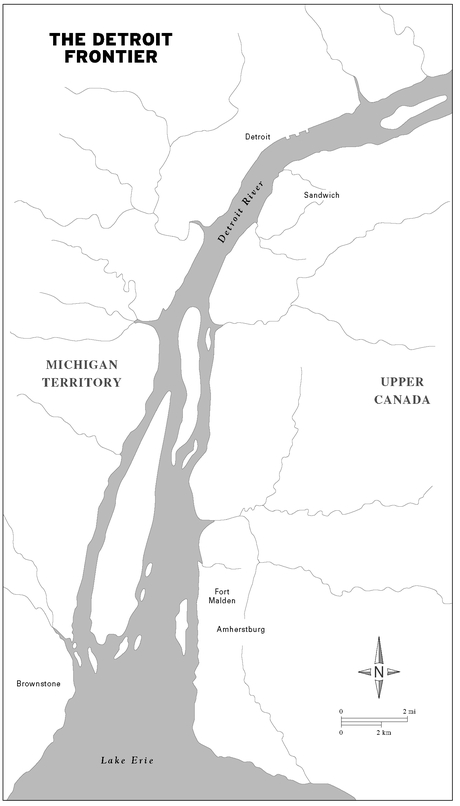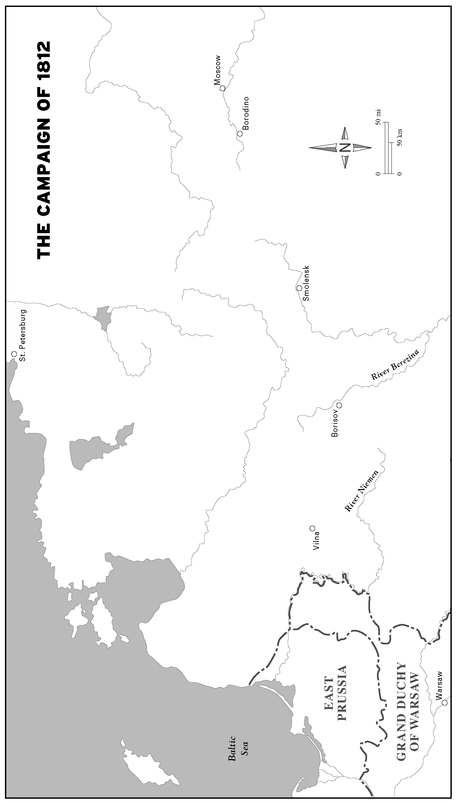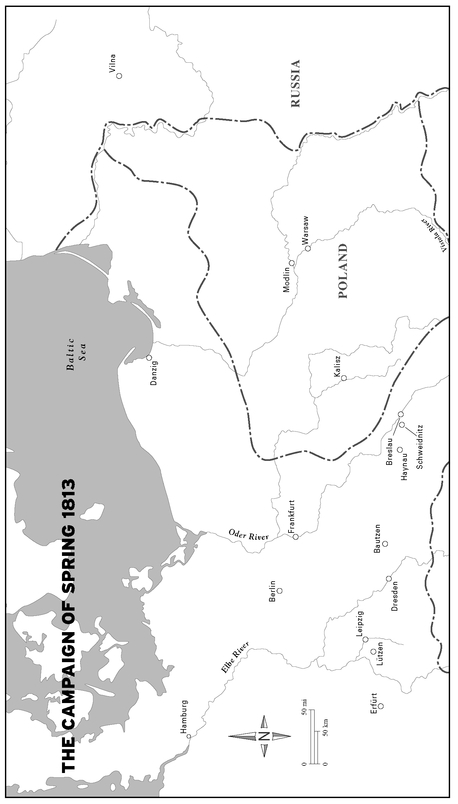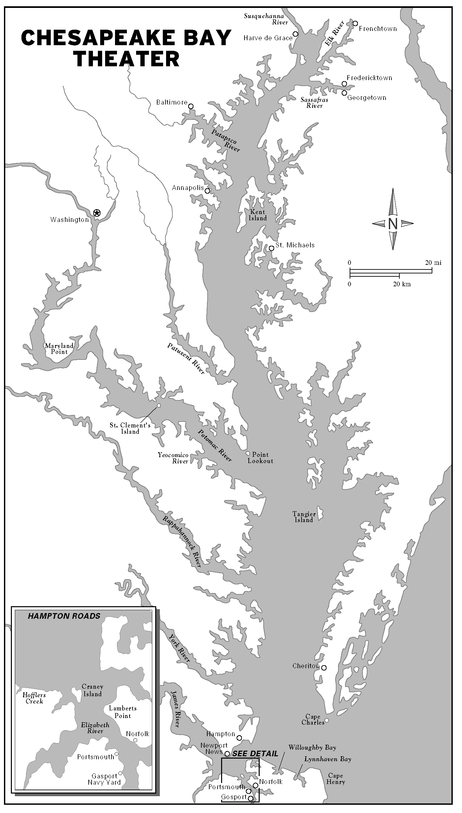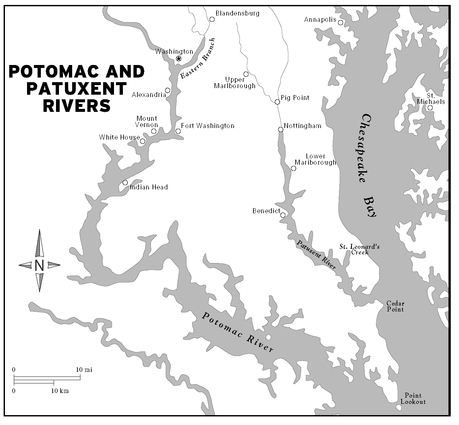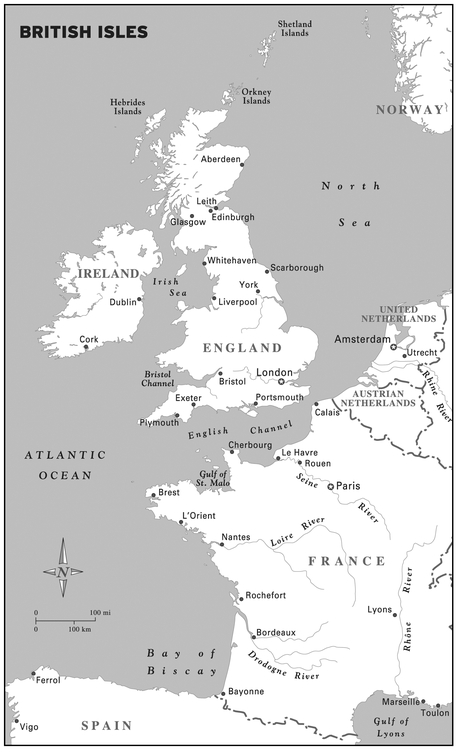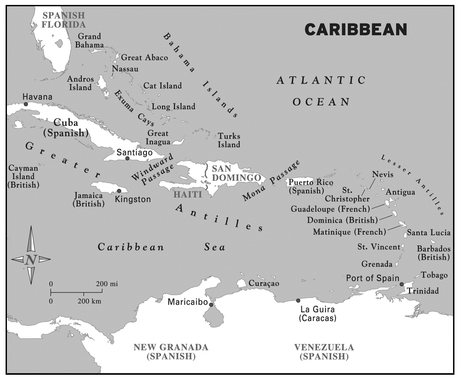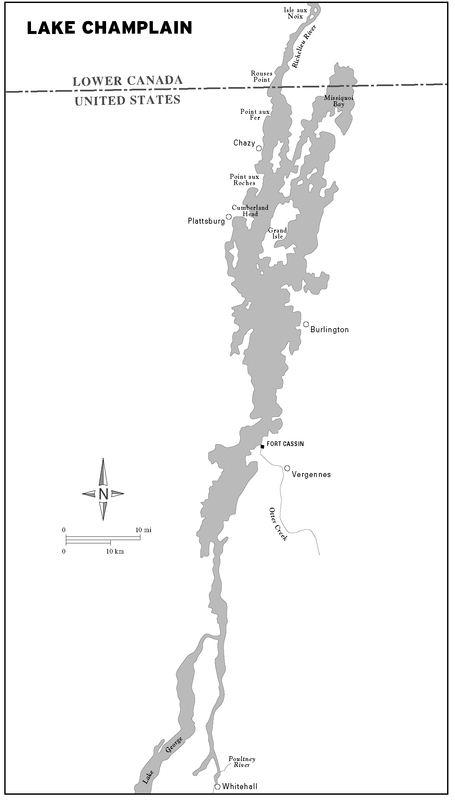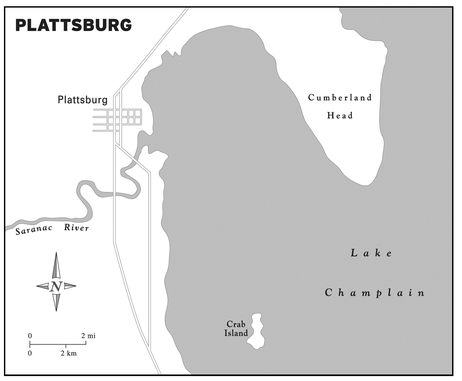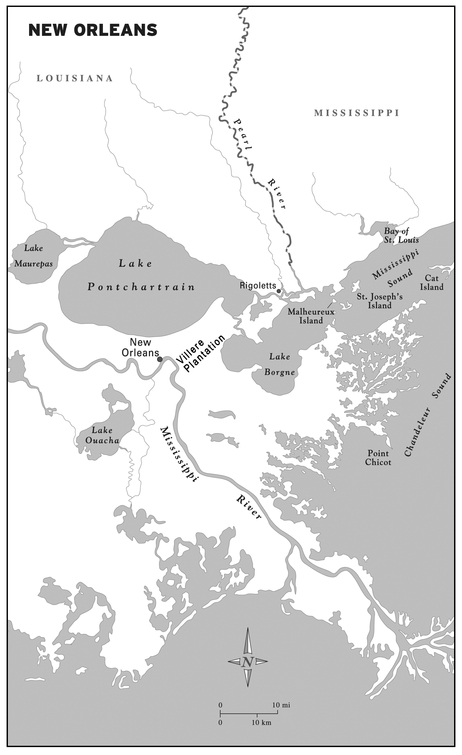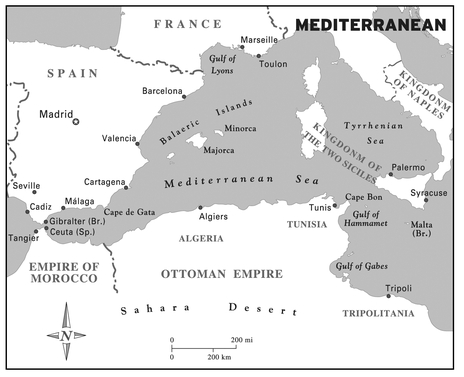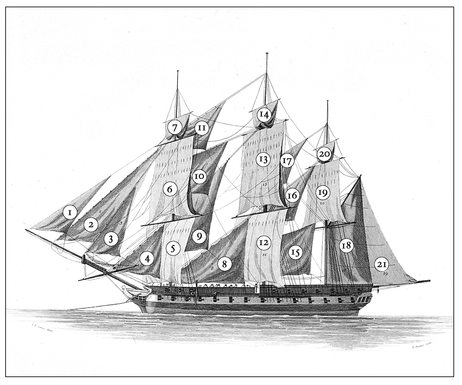Table of Contents
For Mary, Mark, Alex, Tyler, and Kay with love
If our first struggle was that of our infancy, this last was that of our youth; and the issue of both, wisely improved, may long postpone if not forever prevent a necessity for exerting the strength of our manhood.
JAMES MADISON
THE SAILS OF A SQUARE-RIGGED SHIP
1. Flying jib
2. Jib
3. Fore topmast staysail
4. Fore staysail
5. Foresail, or course
6. Fore topsail
7. Fore topgallant
8. Mainstaysail
9. Maintopmast staysail
10. Middle staysail
11. Main topgallant staysail
12. Mainsail, or course
13. Maintopsail
14. Main topgallant
15. Mizzen staysail
16. Mizzen topmast staysail
17. Mizzen topgallant staysail
18. Mizzen sail
19. Mizzen topsail
20. Mizzen topgallant
21. Spanker
INTRODUCTION
SAIL HO! CRIED a lookout from the main masthead of the USS President. It was six oclock in the morning on June 23, 1812, and the 44-gun heavy frigate was sailing in latitude 3926 north, and longitude 7110 west, one hundred miles southwest of Nantucket Shoals. Commodore John Rodgers stepped quickly on deck and took a well-used bronze telescope from a binnacle drawer. The sails of a large ship came immediately into view. Before long it was plain the stranger was a frigate sailing alone. Rodgers could hardly believe his good luck. She could only be British, probably out of Halifax or Bermuda, and she was standing toward him.
At nearly the same moment, the officer of the watch aboard His Majestys 36-gun frigate Belvidera informed Captain Richard Byron that a lookout had caught sight of the upper sails of five ships in the southwest. Byron had orders from Admiral Sawyer, commander of the British North American Station at Halifax, to intercept the French privateer Marengo, expected to sortie from New London, Connecticut. He was not expecting to run into an American squadron, much less a hostile one, for the news had not yet reached him that the United States had declared war on June 18. There had been rumors and speculation in Halifax before he left, certainly, but nothing more. The British government, worried about Napoleons growing strength in Europe, was determined to avoid a conflict. The Admiralty had directed commanders in American waters to take special care to avoid clashes with the U. S. Navy and to exercise all possible forbearance towards the citizens of the United States.
Uncertain whether the five sails were British or American, Byron stood toward them. When he was within six miles, he made the private signal but received no reply. Instead, Commodore Rodgers hoisted flags ordering a general chase. He was leading a powerful squadron comprised of nearly all of the navys serviceable warships. This included his own 44-gun President; the 44-gun United States, under Captain Stephen Decatur, the navys most famous officer; the 36-gun Congress, under Captain John Smith; the 18-gun sloop of war Hornet, under Master Commandant James Lawrence; and the 16-gun brig Argus, under Master Commandant Arthur Sinclair. The President, being the fastest ship, took the lead close-hauled on the larboard tack, while Decatur trailed behind in the slower United States.
Seeing how aggressively the Americans (their identity no longer in doubt) were approaching, and how outnumbered he was, Byron tacked from his pursuers and made all sail to the northeast with the wind on his larboard beam. At 8:30 he edged away a point and set topgallant studding sails. The slower ships in the American squadron lagged behind, but the President gradually drew closer to the Belvidera, and at eleven oclock Rodgers ordered the ship cleared for action.
A marine drummer beat the familiar call to quarters, as the crew raced to battle stations alow and aloft. By now the breeze had hauled around to the westward and was lighter. Rodgers positioned himself at the starboard bow chaser on the forecastle with two midshipmen acting as messengers.
Despite his very best efforts, Byron was unable to get away. The President kept creeping closer. At 11:30still confused as to what was happeningByron hoisted British colors in answer to the President and her lagging companions, which were already flying American standards.
At 4:20more than eight hours after first sighting herthe President at last pulled to within gunshot range of the Belvidera. The wind was from the west-southwest and diminishing. Still unclear as to the intentions of the nearest ship, and seeing the odds stacked mightily against him, Byron did not want to initiate a fight. But his only chance of escaping was to shoot first and smash enough of the Presidents spars and rigging to slow her down. He decided to run out his stern gunstwo thirty-two-pound carronades and two eighteen-pound long gunsand be ready for anything. Not wanting to shoot accidentally, however, he ordered his lieutenants to have the gunners prick the cartridges but not prime the guns. He would wait and see what the Americans intended to do.


